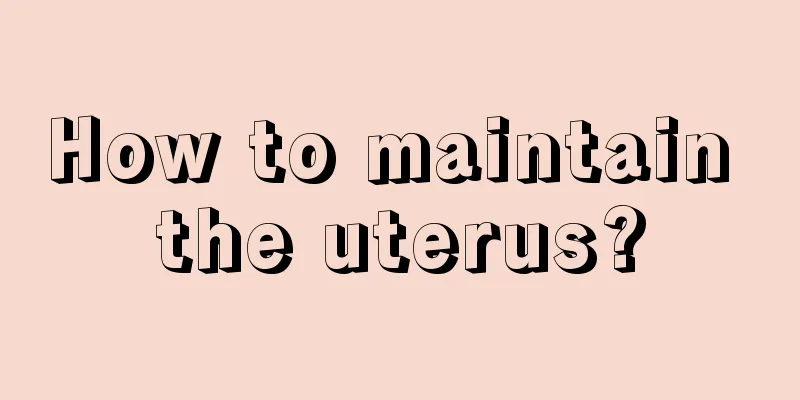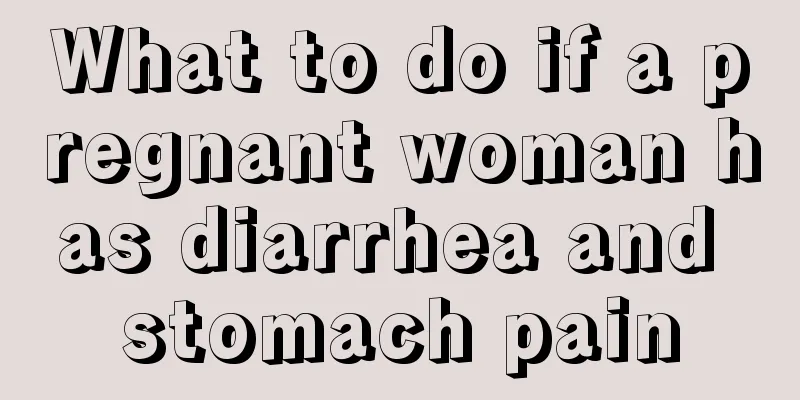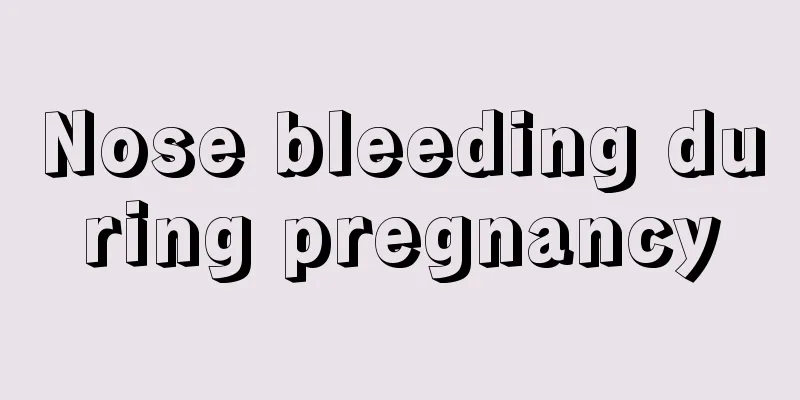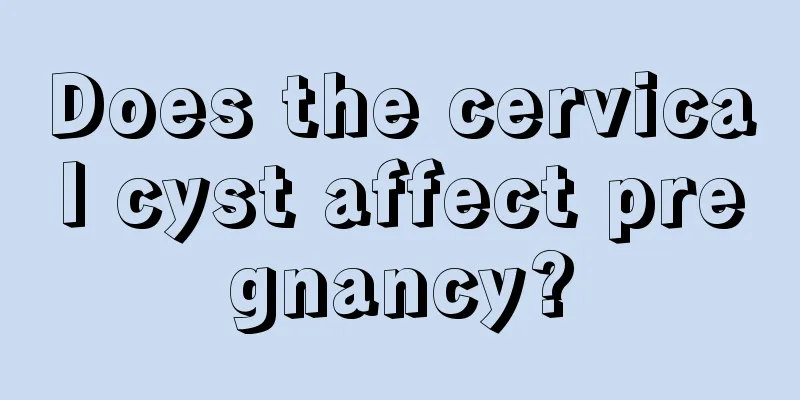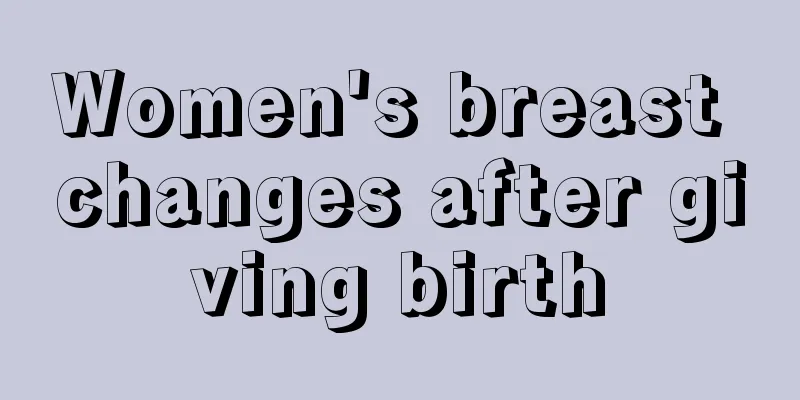Right ovarian cystic space-occupying lesion
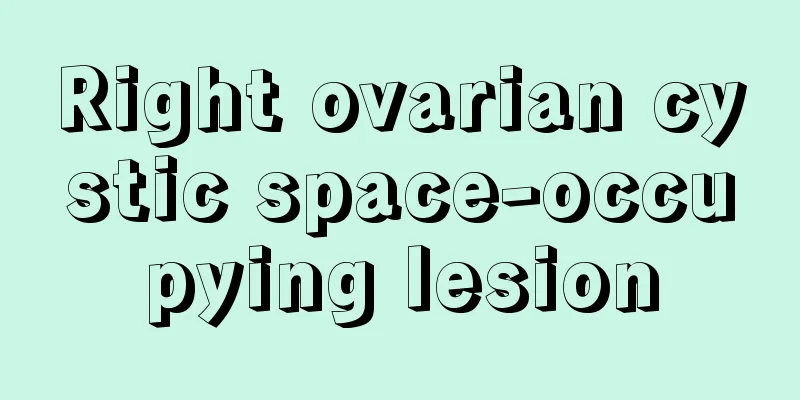
|
The right ovarian cystic space-occupying lesion is ovarian cystic change, which is mainly caused by excessive secretion of androgen by the ovary. The disease can occur on the left or right side. The appearance of right ovarian cystic space-occupying lesions will be accompanied by symptoms such as amenorrhea, anovulation, hirsutism, and obesity. Many women suffer from infertility which is closely related to this disease. We must have a full understanding of it and actively carry out treatment to avoid increased harm. It is a terminal ovarian pathological change caused by dysfunction of multiple endocrine axes. The initial neuroendocrine changes are increased release frequency and pulse amplitude of luteinizing hormone and gonadotropin, and increased ratio of luteinizing hormone to follicle-stimulating hormone. Ovarian cystic change is a type of ovarian tumor, which may be benign or malignant. Therefore, after discovering ovarian cystic change, we must first confirm whether it is benign or malignant. It should be noted that sometimes the ovaries appear to have changes like cysts, but they are not cysts, such as polycystic ovaries, corpus luteum cysts, endometriosis in the ovaries, etc. Although these diseases will also cause lumps on the ovaries, it is recommended that you go to the hospital for a detailed examination to clarify the nature of the ovarian cystic change and provide targeted treatment.
Symptoms of ovarian cystic change include menstrual disorders, amenorrhea, anovulation, hirsutism, obesity, infertility and bilateral ovarian enlargement with cystic changes. [1] Patients may have the above typical symptoms, or only some of them, but infertility due to ovulation disorders is the main clinical manifestation of polycystic ovary syndrome. Many patients with ovarian cystic changes have hyperinsulinemia. Patients with hyperinsulinemia are prone to diabetes and cardiovascular and cerebrovascular diseases. Therefore, polycystic ovary syndrome is also a high-risk factor for diabetes and cardiovascular and cerebrovascular diseases. Polycystic ovary syndrome is one of the symptoms of ovarian cysts. Affects appearance, infertility, metabolic abnormalities, menstrual disorders, obesity and hirsutism, etc.
Ovarian cystic changes can lead to female infertility, which is a big blow to many female friends who want to have babies, so ovarian cystic changes must be discovered and treated in a timely manner. The current treatment for ovarian cystic changes is drug therapy, but the effect is relatively slow, unlike hormone drugs that will cause dependence. Surgical treatment is effective, and this is the most effective treatment for ovarian cystic changes. |
<<: Cystic dark area on left ovary
Recommend
What causes pain on the left side of a woman's lower abdomen?
Generally speaking, there are many reasons why wo...
When do the ginkgo trees in Ditan Park in Beijing turn yellow? How to get to the Ginkgo Avenue in Ditan Park?
Ditan Park was a place of worship during the Ming...
There is a reason for pooping
Author: Wang Enhui Shengjing Hospital Affiliated ...
What causes the umbilical cord around the neck?
The fetus is restless in the mother's belly, ...
Bleeding after abortion
With the development of modern medical technology...
What should women eat to nourish the liver and detoxify
Many people do not pay much attention to liver pr...
There are many different types of myopia surgery methods. Which one is better?
Myopia surgery has become the choice of more and ...
Does nipple tenderness mean pregnancy?
Breasts are an organ unique to women and are rela...
What are the symptoms of blastocyst transfer biochemistry?
There are many reasons why couples cannot conceiv...
What medicine can eliminate cervical polyps?
Experts from gynecological hospitals said that ce...
Pictures of expelled fetal membrane residues
After a woman gives birth, bloody lochia will be ...
What are the early pregnancy symptoms 10 days after ovulation?
If a woman has sex during the ovulation period, h...
Can pregnant women eat red dates?
It is well known that red dates are a nourishing ...
The reason why leucorrhea smells sour
Due to the increasing work pressure in life, many...
Can coffee and soy milk be drunk together? Why is soy milk packaged in glass bottles?
Nowadays, the pace of urban life is fast, and man...

